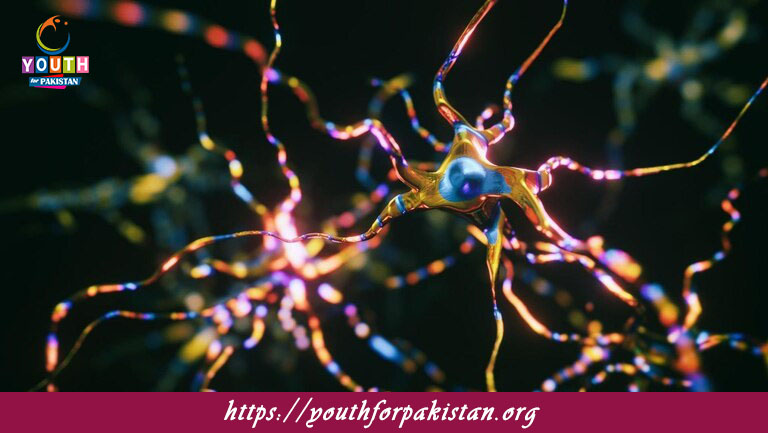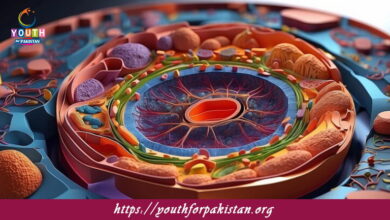Electrical Synapses MDCAT Quiz with Answers

The Electrical Synapses MDCAT Quiz is, therefore a much-needed tool for students appearing in the MDCAT exam that can provide these students with proper knowledge regarding electrical synapses and their role in the nervous system. Electrical synapses are different from chemical synapses because they conduct signals directly between the neurons by gap junctions instead of using neurotransmitters. This quiz will test your knowledge of the structure and function of electrical synapses, highlighting their advantages and how they contribute to fast, synchronized signaling in certain parts of the nervous system. MDCAT students should be familiar with both types of synapses, as this concept is often tested in cell biology and neurobiology questions.
Structure and Function of Electrical Synapses
Electrical synapses are characterized by gap junctions, which are specialized protein channels that allow ions and small molecules to pass directly between the cytoplasm of two adjacent neurons. These junctions create an almost instantaneous electrical connection between cells, enabling rapid transmission of signals. This direct ion flow allows for synchronized activity, which is especially important in processes like cardiac muscle contraction and rapid reflex actions. Since electrical synapses bypass the processes of neurotransmitter release and subsequent binding to the appropriate receptors, these synapses operate faster than chemical synapses. Electrical synapses are critical in specific parts of the body; hence, MDCAT students should understand how these synapses work and their role in maintaining efficient communication in the nervous system.
Advantages and Uses of Electrical Synapses
Electrical synapses have some advantages over chemical synapses, such as the faster speed of signal transmission and synchronization of cells. Such advantages are more crucial in situations that require quick and coordinated responses, like in the heart and some reflex pathways. In the heart, electrical synapses ensure that heart muscle cells contract in a coordinated manner, allowing for an effective heartbeat. In reflex actions, electrical synapses provide the speed needed for immediate responses to stimuli. Understanding these applications is crucial for MDCAT students, as questions related to the functional significance of electrical synapses often appear in the exam.
Quiz for MDCAT Preparation
This MDCAT quiz on electrical synapses offers students a chance to test their knowledge of this specialized form of synaptic communication. The quiz will cover topics like the structure of gap junctions, advantages of electrical synapses, and the specific functions that electrical synapses have in the body. Therefore, taking the quiz can assess the candidate’s understanding of the material and identify areas requiring further review in preparation for MDCAT. With frequent practice, a student will surely strengthen their knowledge about electrical synapses and become prepared to face questions about electrical synapses during the MDCAT exam.
Free Flashcard For MDCAT Students
In search of widening an electrical synapse knowledge base, free flashcards might be useful as a study tool. These flashcards will help reinforce key concepts like gap junctions, ionic current flow, and the comparison between electrical and chemical synapses. By regularly reviewing flashcards, students can improve their retention of this topic and become more familiar with the detailed mechanisms behind electrical synaptic transmission. Flashcards are very helpful for the rapid recall of the distinction between the two types of synapses and for knowing when one type is used in the body.
Experience the real exam environment with our expertly designed collection of over 25,000 MCQs MDCAT Mock Tests.






